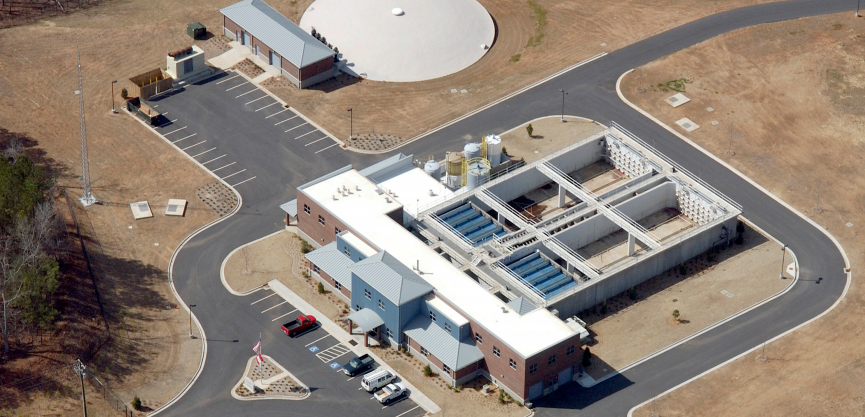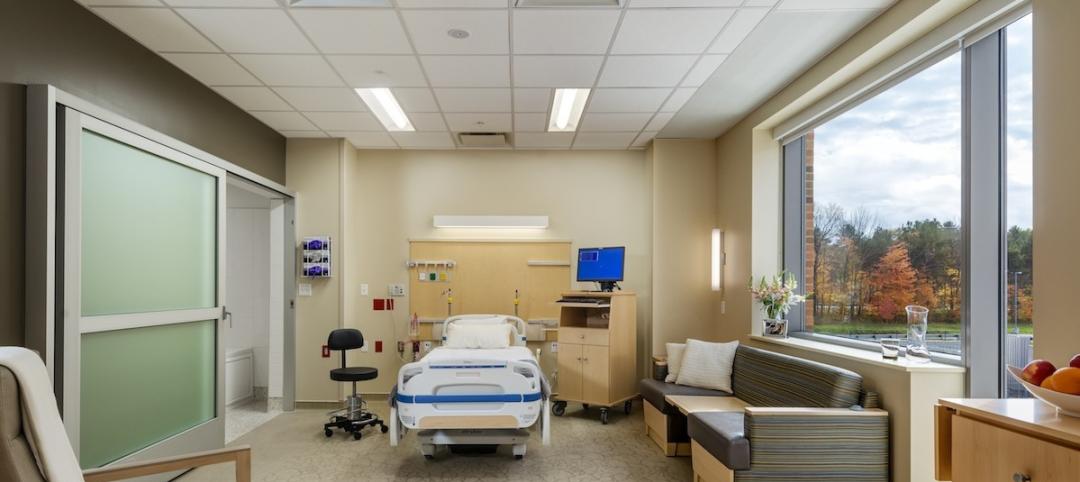Goodwyn, Mills and Cawood, the Montgomery, Ala.-based architecture and engineering outfit, strengthened its position in Georgia by completing its acquisition of Smyrna, Ga.-based Stevenson & Palmer Engineering, which has been in business in the Peach State for more than 50 years.
The two firms have been collaborators for at least the past two years, and currently have several projects underway. Teams from both companies have been working on an integration strategy to ensure a smooth transition.
Stevenson & Palmer’s 22 employees will continue to provide engineering support services from their company’s four Georgia offices, albeit under the name Goodwyn, Mills and Cawood, which already had an office in Atlanta. “The SPE team is still in place—we’ve just added a few names and a new list of services to our resume,” said Corkey Welch, Stevenson & Palmer’s former President, who is staying on as a Senior Client Manager for the combined firm. That team now reports to Jim Teel, Goodwyn, Mills’ Vice President of Georgia.
Founded in 1947, Goodwyn, Mills and Cawood employs more than 300 people who work out of its dozen offices in Georgia, Tennessee, Alabama, and South Carolina. The company assembled its Georgia team in 2011. Steve Cawood, President of the firm’s Eastern Region, which encompasses its operations in Georgia and South Carolina, spearheaded the negotiations between the two companies, which began two years ago, says Abby Basinger, a GMC spokesperson.
Its services include environmental, geotechnical, interior design, landscape, planning, surveying, and transportation. This month, GMC started construction on a 140,000-sf, $55 million football complex at Clemson University that is scheduled to open in early 2017. The firm is also in the planning stages of a $29 million expansion and upgrade of Franklin High School in Williamson County, Tenn., which if greenlighted would include more classrooms, a new athletic facility, and multipurpose field and track.
Basinger says GMC, which does work nationally, has no immediate plans to open new offices. But she also points out that GMC has customers in Mississippi and North Carolina, “so you never know.”
Related Stories
University Buildings | Jul 21, 2015
Maker spaces: Designing places to test, break, and rebuild
Gensler's Kenneth Fisher and Keller Roughton highlight recent maker space projects at MIT and the University of Nebraska that provide just the right mix of equipment, tools, spaces, and disciplines to spark innovation.
Codes and Standards | Jul 16, 2015
Oregon to spend $300 million for seismic updates on public buildings
A survey found that more than 1,000 Oregon school buildings face a high risk of collapse during earthquakes.
Cultural Facilities | Jul 16, 2015
Louisville group plans to build world's largest disco ball
The sphere would more than double the size of the current record holder.
Industrial Facilities | Jul 14, 2015
Tesla may seek to double size of Gigafactory in Nevada
Tesla Motors purchased an additional 1,200 acres next to the Gigafactory and is looking to buy an additional 350 acres.
Engineers | Jul 12, 2015
White paper explores low-flow toilets’ impact on drain lines, clogs
The research found that certain variables: toilet paper—along with the pipe slope and flush volume—are key variables in determining whether drain lines might be predisposed to clog.
Sponsored | Building Team | Jul 10, 2015
Are you the wrong type of ‘engaged’ leader?
Much of what’s written about employee engagement focuses on how leaders can help their employees become more involved at work. But what about the leaders themselves?
Architects | Jul 7, 2015
Why AEC firms should be cultivating 'visible experts'
A new study pinpoints the true dollar value of having knowledge leaders and market shapers on your team.
Green | Jul 7, 2015
Philips sheds new light on growing fresh food indoors
A research center in The Netherlands is testing the latest techniques in urban farming.
BIM and Information Technology | Jul 6, 2015
BIM/VDC training is more than learning the features
Training can be a taxing experience for both the class and the instructor. CASE's Nathan Miller offers four ways to make training more relevant to practitioners.
Healthcare Facilities | Jul 6, 2015
The main noisemakers in healthcare facilities: behavior and technology
Over the past few decades, numerous research studies have concluded that noise in hospitals can have a deleterious effect on patient care and recovery.















